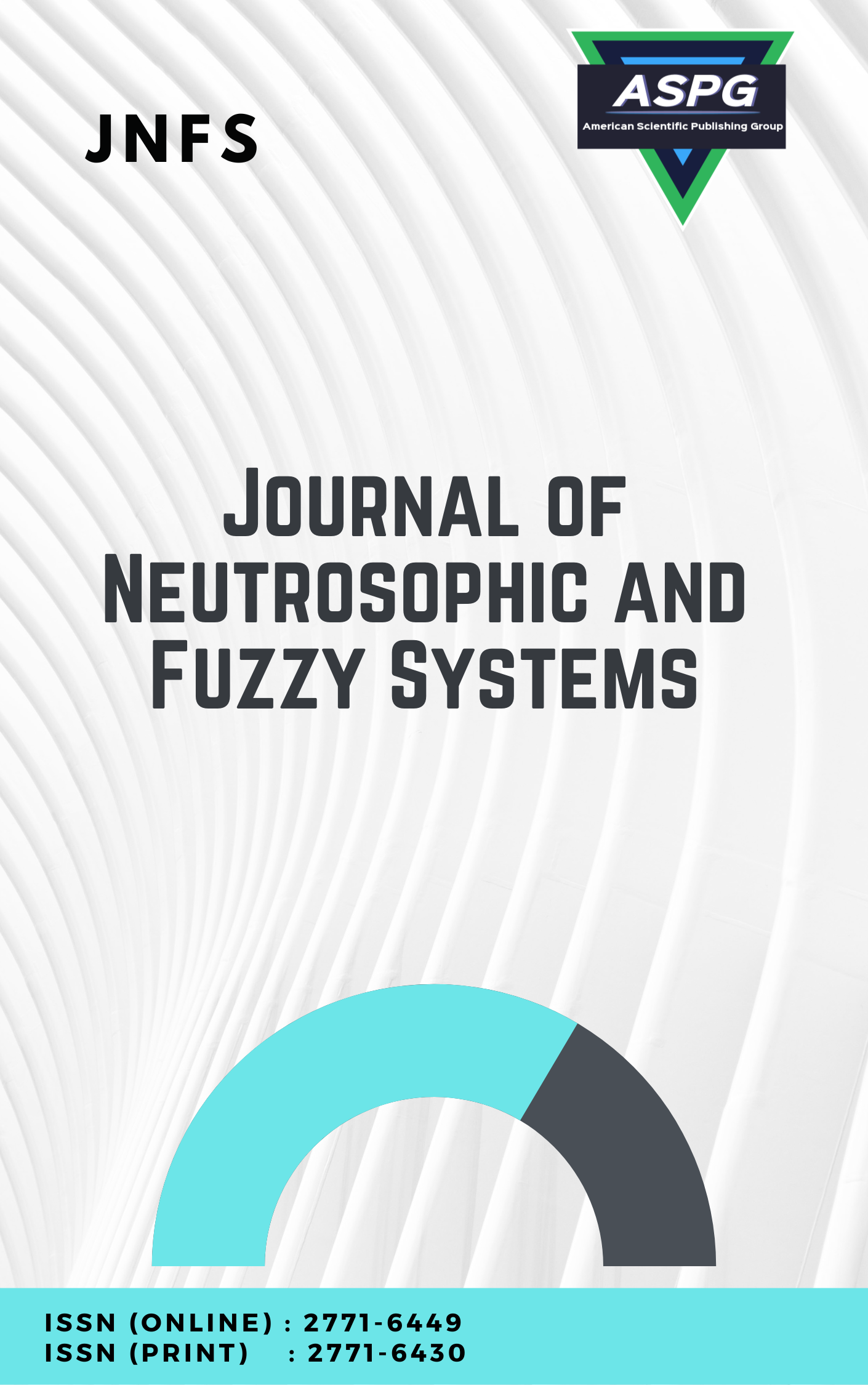

Inventory models are generally concerned with finding the volume of inventory to be kept to ensure the continuity of work, which achieves the facility with the lowest cost and the greatest profit, and since the ideal volume is affected by the rate of demand for inventory, in previous research [5] we studied the static model without a deficit according to the neutrosophic logic and we came to a relationship that we calculate through which the ideal size of inventory, the result was a neutrosophic value that takes into account all the fluctuations and changes that administrators may encounter during the course of work through the indeterminacy and indeterminate values of the demand rate, in this research we use the neutrosophic concepts of static model of inventory management without deficit and ideal volume which we have in last research, for most important neutrosophic economic indicators that play an important role in the administrative decision-making process about the functioning of production facilities and commercial establishments that have warehouses in which they keep their equipment, goods and manufactured and unmanufactured materials necessary for the production process and provide them with a future vision of the reality of their condition over time.
Read MoreDoi: https://doi.org/10.54216/JNFS.050101
Vol. 5 Issue. 1 PP. 08-14, (2023)
As a generalization of crisp topology, neutrosophic crisp topology was introduced. As a progression, binary neutrosophic crisp sets were introduced in this article and their properties were also studied. With the idea that neutrosophic crisp points forms the basis for the neutrosophic neighborhood structures, new points namely binary neutrosophic crisp points were introduced in this article. Owing to the new points, binary neutrosophic neighborhood structure in the new space named as binary neutrosophic crisp topological space is framed. Eventually properties of binary neutrosophic crisp neighborhoods were discussed.
Read MoreDoi: https://doi.org/10.54216/JNFS.050102
Vol. 5 Issue. 1 PP. 15-22, (2023)
The purpose of a failure mode and effect analysis (FMEA) is to improve the safety and dependability of a system, product, procedure, or facility by identifying potential points of failure and determining the consequences of such failures. The assessment of failure modes, the weighting of risk factors, and the ranking of failure modes are all areas where the conventional FMEA falls short when put to use in the real world. To assess the hazard of failure modes in a trapezoidal neutrosophic sets environment, this research proposes a model that combines the neutrosophic sets and MCDM technique such as WASPAS. The WASPAS MCDM method is used to calculate the weights of standards and order the alternatives. Advantages of trapezoidal neutrosophic numbers in dealing with uncertainty, ambiguity, and incompleteness are combined with the benefits of WASPAS to create the suggested risk prioritization strategy.
Read MoreDoi: https://doi.org/10.54216/JNFS.050103
Vol. 5 Issue. 1 PP. 23-29, (2023)
In this paper, the definition of a Neutrosophic Differential Equation by Using the One-Dimensional Geometric AH-Isometry. The main objective is define a Neutrosophic Bernoulle's and Recati identical linear differential equation and find solutions for this equation.
Read MoreDoi: https://doi.org/10.54216/JNFS.050104
Vol. 5 Issue. 1 PP. 30-40, (2023)
The decision-making process is greatly affected by the data collection stage. If the data collection process is not well controlled, i.e. there is some data lost due to the poor quality of the devices used or the lack of accuracy in the data entry process...etc., this will affect the work of the SVM algorithm, which is considered one of the best. Most of the workbooks suffer from the problems of missing and anomalous data. In this paper, we propose a method to treat the missing and anomalous data by reshaping the data set defined by the classical method into the neutrosophical data set by calculating the amount of true T, false F, and neutrality I in the neutrosophical set using inverse Lagrangian interpolation. We noticed the superiority of our proposed method for processing missing data over the method of [21], then we trained a support vector machine algorithm with orthogonal legender kernel on a breast cancer dataset taken from the Statistics Department of Al-Bayrouni Hospital in Damascus, where the proposed algorithm achieved a classification accuracy of 97%. The reason we chose a support vector machine classifier with an orthogonal legender kernel has two goals: the first is to eliminate the repetition of support vectors in the feature space. The second is to solve the problem of non-linear data distribution.
Read MoreDoi: https://doi.org/10.54216/JNFS.050105
Vol. 5 Issue. 1 PP. 41-51, (2023)
Recently, precise measurement of uncertainty of data with fuzzy attributes is considered as one of the main problems. For this purpose, fuzzy sets, intuitionistic fuzzy sets, and neutrosophic set theory are extensively introduced. The problem arises in computing the complement of true or false membership values in the case of indeterminacy. Instead of indeterminacy as discussed in neutrosophic set theory, it can be completely true, partially true, or partially false. To deal with this, the theory of ambiguous sets has recently been introduced. A real-time example of dealing with unconsciousness and ambiguousness in relation to human perception is discussed, illustrating the motivation of the ambiguous set theory. Finally, this study focuses on the definition of the ambiguous set, its mathematical representation, and the associated concepts.
Read MoreDoi: https://doi.org/10.54216/JNFS.050106
Vol. 5 Issue. 1 PP. 52-58, (2023)